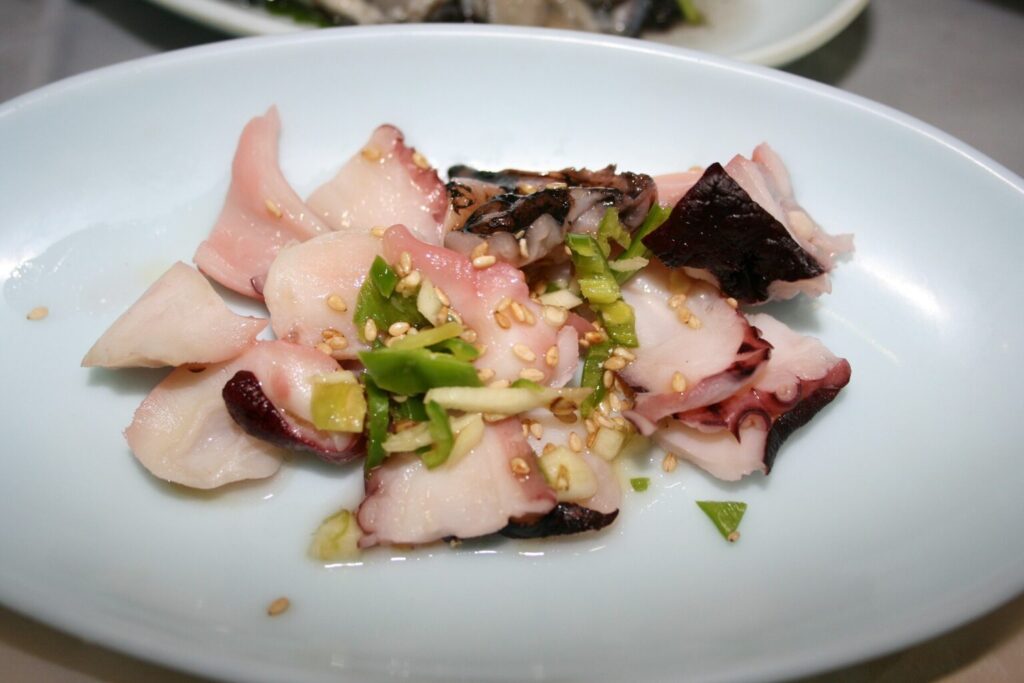
This post may contain affiliate links, meaning IC Caribbean gets a commission if you decide to make a purchase, at no additional cost to you.
Haiti is a captivating country that boasts a vibrant Haitian Cuisine as colorful as its landscapes. The culinary traditions of Haiti are a true melting pot of cultures, shaped by the country’s complex history and multicultural heritage. This diversity is reflected in the country’s dishes, which are a fusion of African, French, and Caribbean flavors that have been refined over centuries of cultural exchange and migration.
Haitian cuisine is renowned for its use of fresh and locally sourced ingredients, which are key to creating the unique flavors and textures of the country’s dishes. Fresh tropical fruits, such as mangoes, papayas, and pineapples, are often used to add a burst of sweetness to savory dishes. Seafood, such as shrimp, conch, and red snapper, is also a staple of the Haitian diet, thanks to the country’s proximity to the Caribbean Sea.
Haitian cuisine must-try dishes
Griot is a well-known French-inspired dish in Haitian cuisine, made with marinated and fried pork. The pork is seasoned with a blend of citrus juice, garlic, and herbs, giving it a tangy and savory taste. Griot is typically served with rice and beans, plantains, and pikliz, a spicy coleslaw made with vinegar, cabbage, carrots, and peppers. For an authentic taste of griot, head over to Lakay Restaurant in Port-au-Prince, where you can savor the mouthwatering flavors of this classic Haitian dish.
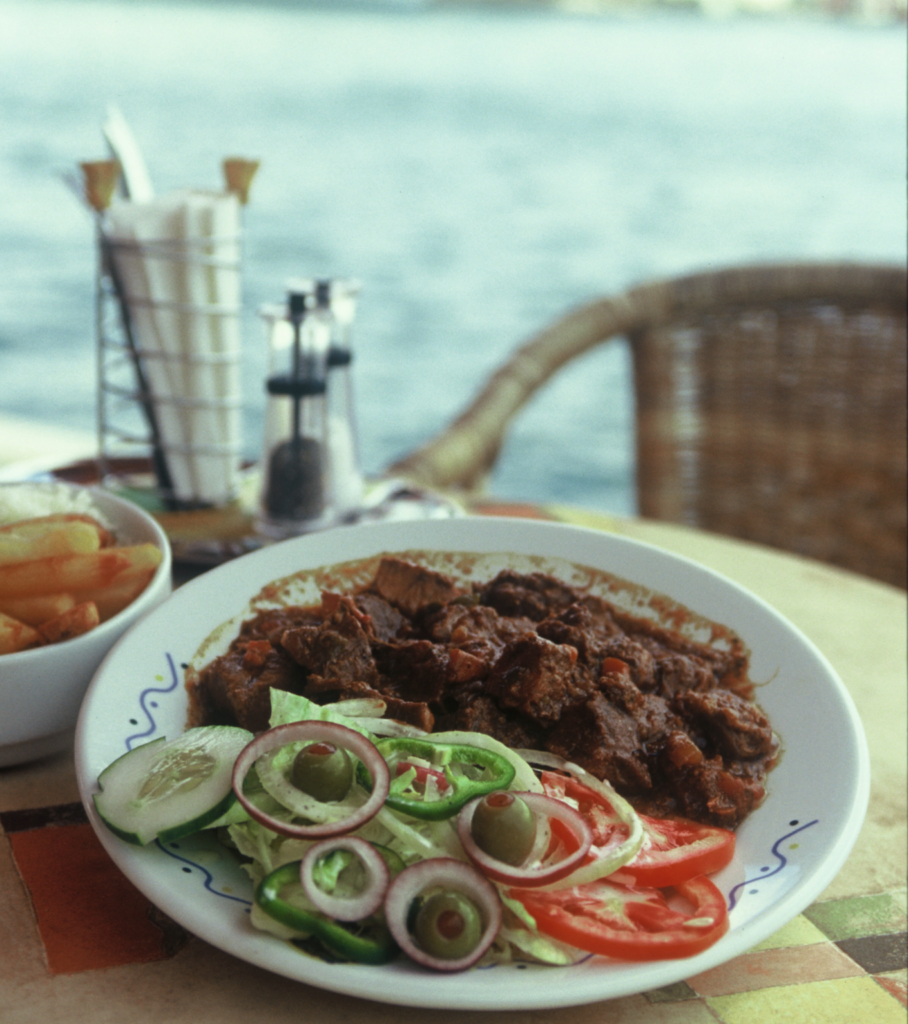
Akra is a beloved Haitian snack that bursts with Caribbean flavors. Made from grated malanga, a root vegetable, and seasoned with garlic, scallions, and hot peppers, these fritters are fried to perfection. Akra is typically served as a snack or appetizer and is best enjoyed with pikliz or another spicy dipping sauce.
One of the most sought-after Caribbean-inspired dishes in Haitian cuisine is conch. Conch is a rich source of protein and is low in fat, making it a healthy and delicious choice. The meat of the conch is firm and chewy, with a slightly sweet flavor. In Haitian cuisine, conch is typically used in stews and soups, such as the popular dish bouyon (also spelled bouillon) which is a flavorful broth made with conch, vegetables, and herbs. Conch is also used to make a popular Haitian snack called lambi, which is a type of conch fritter that is often served as an appetizer or snack.
Haitian Soup Joumou, also known as “Freedom Soup,” has a significant historical and cultural significance for Haiti. The dish is a symbol of freedom and independence and is often associated with the Haitian Revolution. Soup Joumou is typically prepared by simmering the beef and vegetables in a flavorful broth made with herbs and spices. The pumpkin, which is a key ingredient, is peeled, cubed, and then added to the pot to cook until tender. Once cooked, the soup is often pureed to achieve a smooth and creamy texture.

Haitian Rice and Beans, also known as “diri ak pwa,” is more than just a staple dish in Haitian cuisine, it is a symbol of Haitian culture and history. This dish is said to have originated during the era of slavery when enslaved people were given a meager ration of rice and beans as their primary source of sustenance. However, despite the harsh conditions they faced, the enslaved people found a way to infuse their own flavor and creativity into the dish. Today, Haitian Rice and Beans is a beloved and flavorful dish that is often served at family gatherings and special occasions.
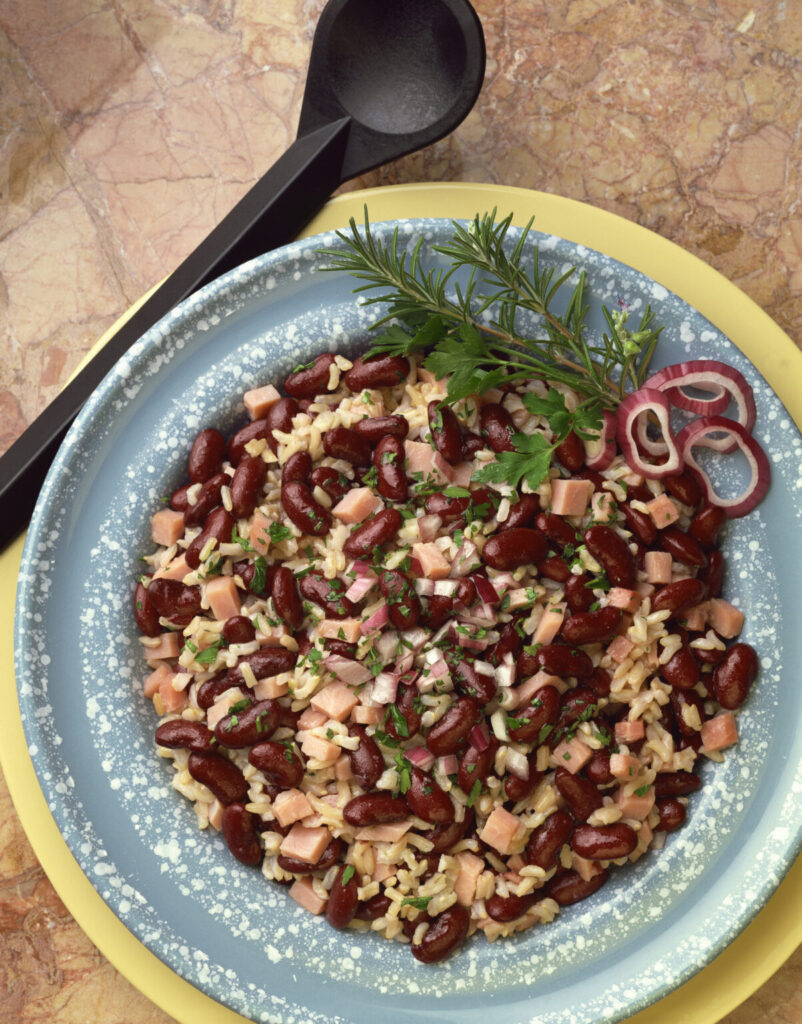
Plantains are an essential component of Haitian cuisine, with their versatility and unique flavor contributing to a variety of dishes. Known as “bannann” in Creole, plantains are a staple food in Haiti and are used in a variety of ways. They are typically larger and firmer than regular bananas and are often cooked before eating. Fried plantains are a popular street food in Haiti, often served with pikliz or a mayonnaise-based sauce. They are also commonly served as a side dish with meat or fish and can be boiled or mashed into a puree. In some regions of Haiti, plantains are even used to make a type of flour, which is used to make various types of bread.

One of the unique aspects of Haitian cuisine is its use of spices and herbs. Haitian cuisine incorporates a variety of spices and herbs, including thyme, oregano, parsley, and cloves. These herbs and spices give Haitian dishes their distinct flavor and aroma. One of the most popular Haitian spice blends is epis. Epis is a blend of herbs and spices that includes garlic, onions, bell peppers, parsley, thyme, and oregano. It is used to season a variety of Haitian dishes, including stews, soups, and rice dishes.
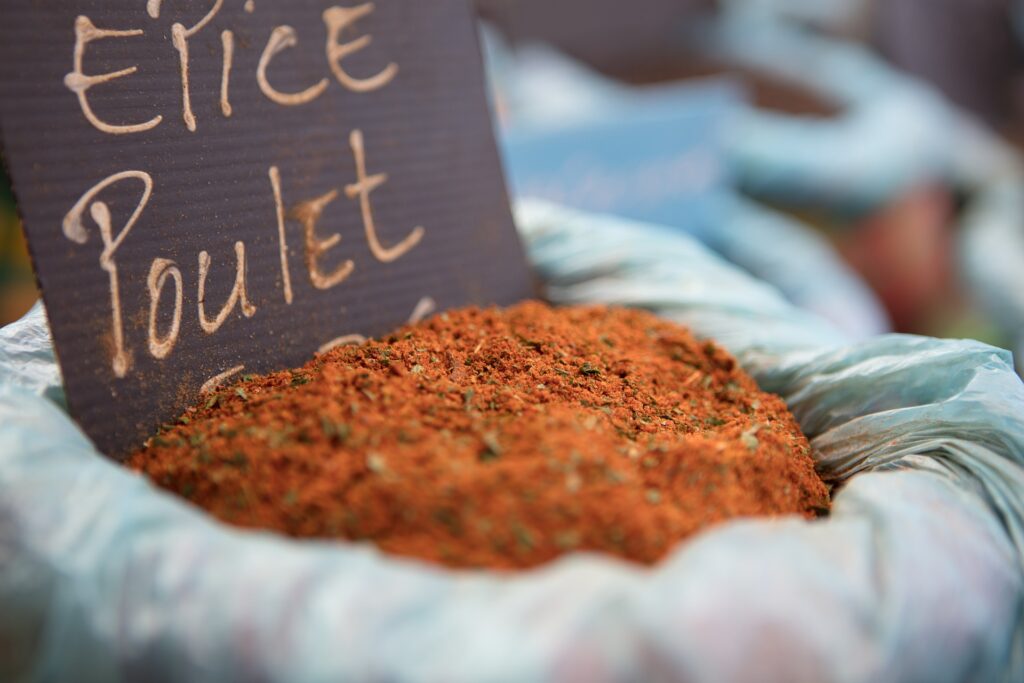
Haitian sweets
Haitian cuisine has a variety of sweet treats and desserts that are sure to satisfy any sweet tooth. One beloved dessert is douce macoss, a sweet potato pudding that is spiced with cinnamon, nutmeg, and vanilla, and is a delicious way to end any meal. Another popular dessert is pen patat, a sweet potato turnover filled with a mixture of sweetened condensed milk, nutmeg, and vanilla.
Haitian Bonbon is another must-try sweet treat that showcases the unique flavors and ingredients of the cuisine. Made with grated coconut, sugar, and spices like nutmeg or cinnamon, these small candy balls are often rolled in sugar or coconut flakes and come in a variety of flavors such as vanilla, chocolate, or coconut. It is a popular snack or dessert that is sold by street vendors throughout Haiti. Some variations of Haitian Bonbon also include peanut butter, condensed milk, or raisins, making it a versatile and delicious treat. Don’t miss the chance to indulge in the sweet side of Haitian cuisine and try Haitian Bonbon during your visit to Haiti.

If you want to truly experience the authentic flavors of Haiti, you can’t miss out on the local street food scene. Street food in Haiti is a casual and authentic way to discover new tastes and ingredients, with vendors serving up mouth-watering treats throughout the country. For the ultimate street food experience, head to Port-au-Prince, the bustling capital of Haiti. Here, you’ll find a lively and diverse street food scene, offering a wide range of flavors and dishes to sample.
Haiti’s cuisine is a testament to the country’s rich cultural heritage and history. The blend of African, French, and Caribbean flavors creates a unique and unforgettable culinary experience that is sure to leave a lasting impression on anyone who tries it. From the flavorful griot to the symbolic Soup Joumou, Haitian cuisine is a true masterpiece that deserves to be explored and appreciated. If you have the opportunity to visit Haiti, be sure to try some of the must-try dishes, and experience the vibrant and diverse culinary traditions of this captivating country.
Haitian cuisine is not just a feast for the senses; it’s an invitation to learn about the country’s history and culture. With each bite, you’ll discover something new about Haiti and its people. So if you’re a food lover or simply curious about the world, be sure to put Haiti on your list of places to visit. With its vibrant and diverse culinary traditions, Haiti is sure to leave a lasting impression on you!

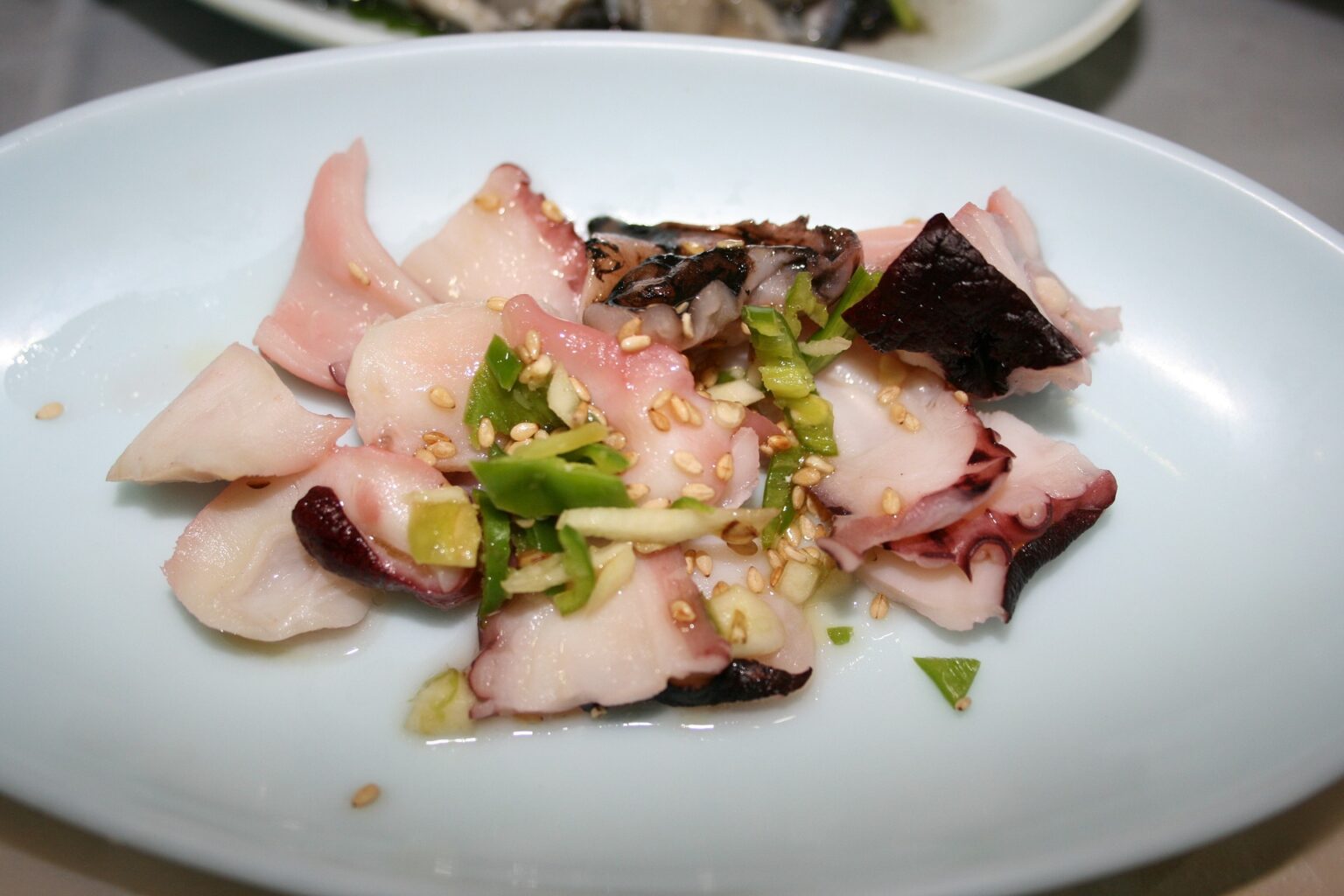
0 Comment